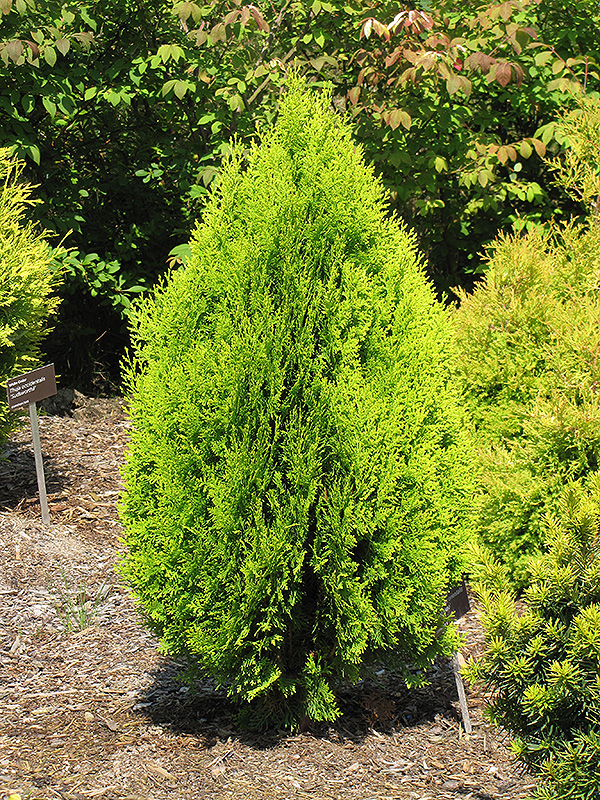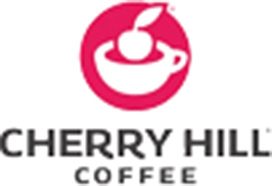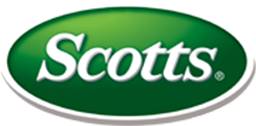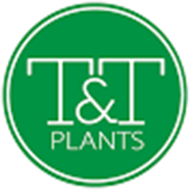Berkman's Gold Arborvitae
Thuja orientalis 'Aurea Nana'
Height: 6 feet
Spread: 6 feet
Sunlight:
![]()
![]()
Hardiness Zone: 7
Other Names: Platycladus orientalis
Description:
An attractive evergreen shrub for color accent in the home landscape, featuring golden foliage which fades to lime green, forms a compact globe shape, eventually becomes quite large; very adaptable, protect from drying winter winds
Ornamental Features
Berkman's Gold Arborvitae is a dwarf conifer which is primarily valued in the landscape or garden for its ornamental globe-shaped form. It has attractive yellow evergreen foliage which emerges gold in spring. The scale-like sprays of foliage are highly ornamental and turn harvest gold in the fall, which persists throughout the winter.
Landscape Attributes
Berkman's Gold Arborvitae is a dense multi-stemmed evergreen shrub with a more or less rounded form. Its relatively fine texture sets it apart from other landscape plants with less refined foliage.
This is a relatively low maintenance shrub. When pruning is necessary, it is recommended to only trim back the new growth of the current season, other than to remove any dieback. It has no significant negative characteristics.
Berkman's Gold Arborvitae is recommended for the following landscape applications;
- Accent
- Mass Planting
- Hedges/Screening
- General Garden Use
Planting & Growing
Berkman's Gold Arborvitae will grow to be about 6 feet tall at maturity, with a spread of 6 feet. It tends to fill out right to the ground and therefore doesn't necessarily require facer plants in front, and is suitable for planting under power lines. It grows at a slow rate, and under ideal conditions can be expected to live for 70 years or more.
This shrub does best in full sun to partial shade. It is very adaptable to both dry and moist locations, and should do just fine under average home landscape conditions. It is not particular as to soil type or pH. It is somewhat tolerant of urban pollution, and will benefit from being planted in a relatively sheltered location. This is a selected variety of a species not originally from North America.







